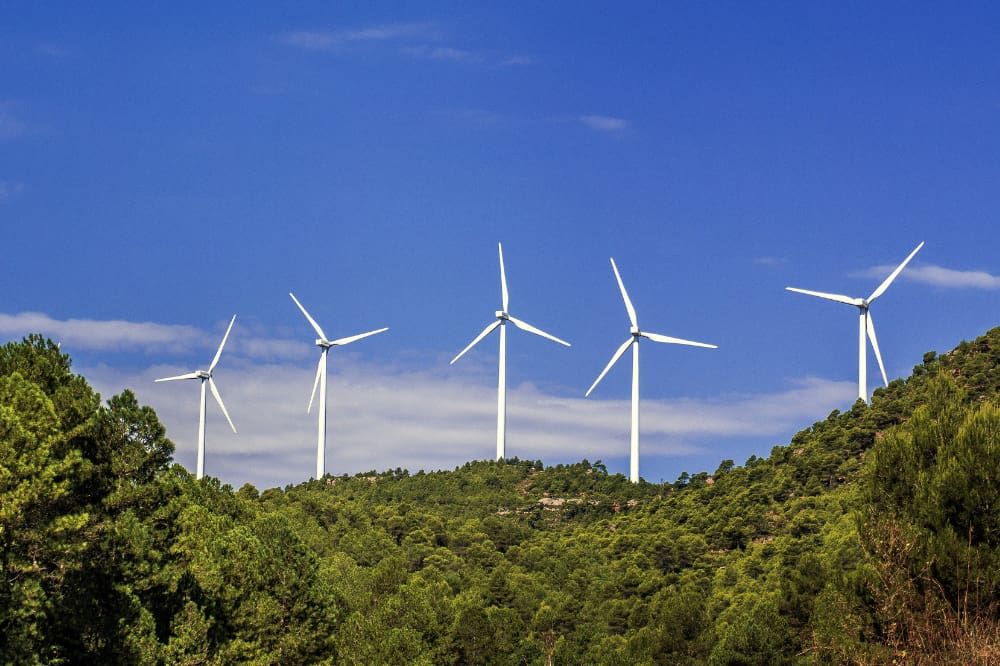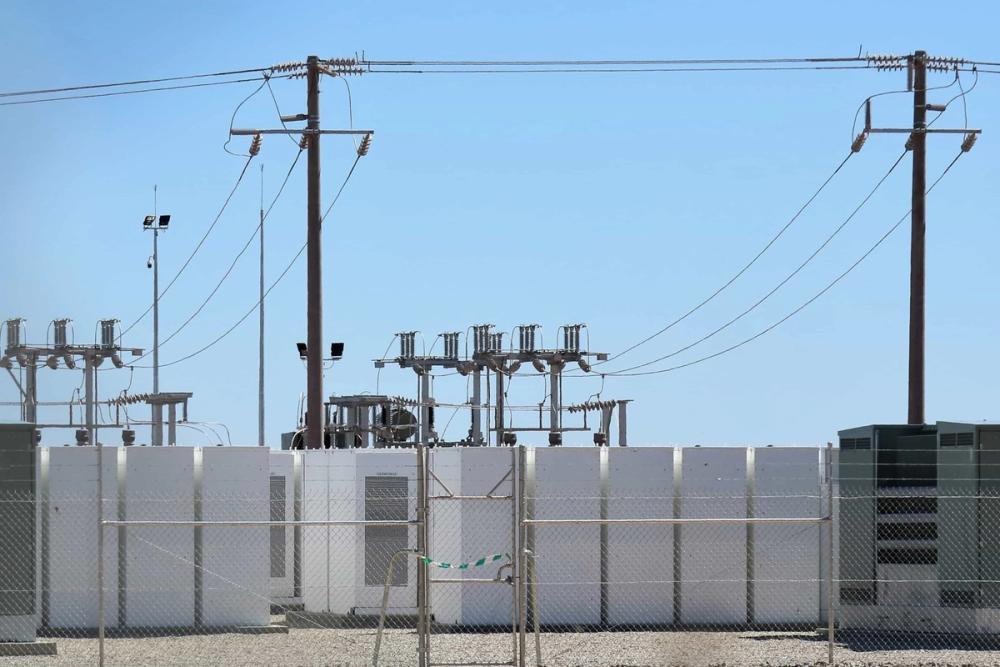The Best Solar Energy Storage Methods

In the pursuit of a cleaner and more sustainable energy future, harnessing the power of the sun through solar energy has emerged as a pivotal solution. However, the intermittent nature of sunlight poses a challenge to consistent energy supply.
This challenge has ignited the quest for efficient solar battery storage methods, allowing us to store excess energy generated during sunny periods for use when the sun is not shining.
In this blog post, we explore some of the best storage methods for solar power, delving into cutting-edge technologies that promise to revolutionise the way we store and utilise solar power.
Solar Battery Storage Systems
Solar battery storage systems stand out as a frontrunner in the realm of excess energy storage. Lithium-ion batteries, in particular, have gained widespread popularity due to their high energy density, long lifespan, and relatively low maintenance requirements.
Lithium-ion batteries store excess energy generated during the day, ensuring a reliable power supply during nighttime or cloudy periods. coupling these with solar PV panels makes for a great way to store excess electricity for your business or home battery system.
Beyond lithium-ion batteries, which have already made substantial contributions to clean energy production, emerging technologies such as solid-state batteries and flow batteries are pushing for a new era.
Solid-state batteries offer enhanced safety, higher energy density, and prolonged cycle life, promising a leap forward in efficiency and reliability. Flow batteries, on the other hand, bring scalability and flexibility to energy storage systems, allowing for the decoupling of power and energy capacity.
These advancements in solar battery storage not only address current limitations but also open doors to a future where solar battery storage is more efficient, sustainable, and tailored to diverse energy needs.
Pumped Hydro Storage
Much like solar battery storage, pumped hydro storage is a well-established and widely used method for large-scale energy storage. This method involves using excess energy to pump water from a lower reservoir to a higher one during sunny periods.
When electricity demand is high, the stored water is released from the higher reservoir to the lower one, passing through turbines to generate electricity. Pumped hydro storage offers high efficiency and large storage capacity, making it a reliable option for grid-scale energy storage.
Compressed Air Energy Storage (CAES)
CAES is an innovative technology that utilises excess solar energy to compress air and store it in underground caverns. During times of high energy demand, the compressed air is released, and as it expands, it drives turbines connected to generators, producing electricity.
CAES offers the advantage of scalability and the ability to store large quantities of energy. Ongoing research is focused on improving the efficiency and cost-effectiveness of CAES systems, making them a promising candidate for solar panel battery storage.
Molten Salt Thermal Storage
Thermal energy storage using molten salt is an intriguing method that capitalises on the heat generated by solar energy. During periods of sunlight abundance, solar thermal plants heat a mixture of salts to high temperatures.
The molten salt can then be stored and used to generate steam, driving turbines and producing electricity when sunlight is scarce. This approach ensures a continuous and stable power supply, making it particularly suitable for regions with fluctuating solar irradiance.
Hydrogen Production via Electrolysis
Hydrogen has emerged as a versatile and clean energy carrier, and its production through electrolysis provides a compelling solar battery storage solution. Excess solar energy is used to split water into hydrogen and oxygen through electrolysis.
The produced hydrogen can be stored and later utilised in fuel cells to generate electricity when needed. This method holds promise for long-term energy storage and transportation applications, offering a renewable alternative.
Furthermore, the versatility of hydrogen extends beyond stationary energy storage; it presents an eco-friendly solution for transportation. Stored hydrogen can be used to power fuel cells in electric vehicles, emitting only water vapour as a byproduct.
This dual-purpose functionality positions hydrogen as a key player in the transition to sustainable energy ecosystems, addressing both the challenges of intermittency in solar energy production and the imperative to decarbonise the transportation sector.
As technological advancements continue to refine hydrogen production processes and fuel cell efficiency, the prospect of a hydrogen-based energy economy becomes increasingly tangible, contributing to a greener and more resilient energy future.
Advanced Flywheel Systems
Flywheel energy storage systems leverage the principles of kinetic energy to store and release energy. Excess solar energy is used to spin a flywheel at high speeds, converting electrical energy into kinetic energy.
When electricity demand rises, the spinning flywheel is connected to a generator, converting kinetic energy back into electricity. While still evolving, advanced flywheel systems show potential for high efficiency and rapid response to grid fluctuations.
Additionally, the inherent durability and minimal degradation of flywheel systems contribute to their appeal as reliable and renewable energy storage solutions. The rotational energy stored in the flywheel can be maintained for more extended periods, allowing for sustained energy release when required.
Moreover, ongoing research aims to enhance the efficiency and scalability of flywheel technology, making it an increasingly viable option for addressing the dynamic energy demands of modern grids.
Utilising Private Wire Networks
At Balance Power, we offer businesses unique opportunities to get involved with our private wire networks which allow high-energy businesses to reduce their carbon footprint by taking advantage of privately owned energy plants.
By using these networks, your business can benefit from a much better ESG rating as well as a reduced reliance on the national grid making your company much more energy-independent and providing much lower energy bills in the long term.
Solar Energy Storage With Balance Power
The quest for the best solar battery storage methods is propelling us toward a more sustainable and resilient energy landscape.
As technological advancements continue to unfold, the integration of these storage solutions into solar energy systems promises to overcome the challenges posed by intermittency, ensuring a consistent and reliable power supply.
From battery storage and pumped hydro to innovative approaches like compressed air storage and hydrogen production, the future of energy storage looks brighter than ever. Having a solar PV system installed is one of the best ways you can reduce your energy bills.
If you are searching for ways for your business to utilise solar power to the best of your ability or to simply install a solar PV system to reduce your energy bills, the team at Balance Power is here to help! Please do not hesitate to contact us for support.
Perhaps your business already has an existing solar panel system - if so, our team are also available to help with any checkups and repairs that are necessary to keep this system completely operational for as long as possible.



